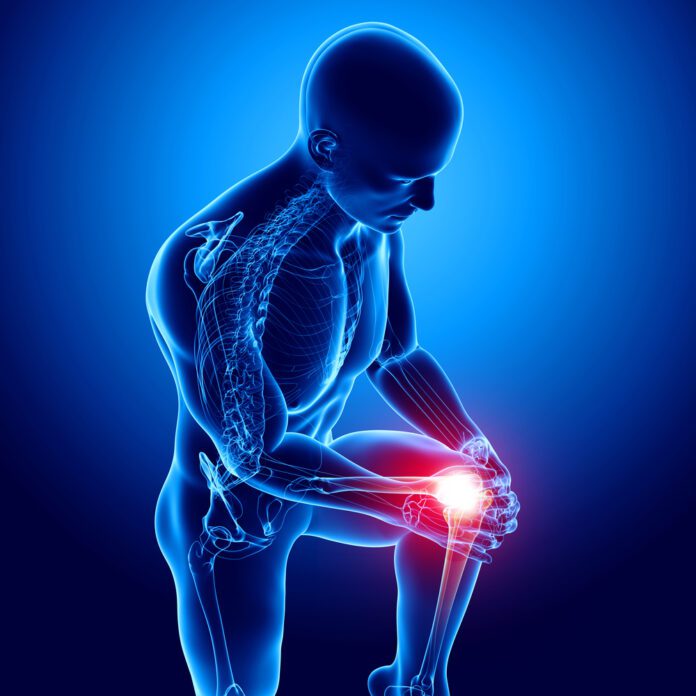Overview
Knee pain is a common problem that can occur suddenly or over a period of time. There are many causes of knee pain, and generally, treatment is readily available. Often it can be treated at home and you should start to feel better after a few days. However, if it is from injuries then it needs medical intervention. It is often accompanied by physical restrictions.
Aging makes knee pain more common. Overweight puts pressure on the knees and sometimes it can also be a result of a sports or other injury.
Cause
Knee pain may be due to several causes.
Injury-related causes include:
● damage to parts of the knee, including bone, cartilage, ligaments, tendons, or muscles
● bursitis, which is inflammation of the fluid-filled sacs that cushion the knee (known as bursae)
Arthritis related causes include:
● osteoarthritis
● gout
● septic arthritis (infected knee)
Other causes include:
● patellofemoral pain syndrome: pain around the kneecap (patella) where it runs over the end of the thigh bone (femur), sometimes due to the kneecap being poorly aligned
● pain referred from the hip or lower spine
Symptoms
Knee pain symptoms
If you have knee pain, you may get other symptoms such as:
● swelling, redness, or heat in the knee
● bruising around the knee
● knee ‘giving way’
● locking or clicking
● inability to straighten the knee
See a doctor if the pain doesn’t improve in a few weeks, if you can’t move the knee or put any weight on it, or if the knee locks or gives way
Treatment
Treatments for knee pain are as varied as the conditions that can cause pain.
Medications
Medications might be prescribed to treat an underlying medical condition or for pain relief.
If you are taking over-the-counter anti-inflammatory pain medications regularly for knee pain, you should see the doctor to be evaluated.
Physical therapy
Sometimes physical therapy sessions to strengthen the muscles around the knee will make it more stable and help guarantee the best mechanical movements. Working with a physical therapist can help avoid injuries or further worsening of an injury.
Injections
Injecting medications directly into the knee might help in certain situations. The two most common injections are corticosteroids and lubricants. Corticosteroid injections can help arthritis and other inflammations of the knee. They usually need to be repeated every few months. Lubricants that are similar to the fluid already in the knee joint can help with movement and pain.
Surgery
Knee operations range from arthroscopic knee surgery to total knee replacement. Arthroscopic knee surgery is a very common surgical procedure that allows the physician to look inside the knee through a few small holes and a fiberoptic camera. The surgeon can repair many of the injuries and remove small pieces of loose bones or cartilage. This is a common outpatient procedure.
Partial knee replacement: The surgeon replaces the damaged portions of the knee with plastic and metal parts. Because only part of the knee joint is replaced, this procedure has a shorter recovery than a total knee replacement.
Total knee replacement: In this procedure, the knee is replaced with an artificial joint.
Other therapies
Acupuncture has shown some relief of knee pain, especially in patients with osteoarthritis.
Risk factors of knee pain
You are more likely than others to develop knee pain if you:
● are overweight
● have weak or tight leg muscles
● do certain sports, for example, skiing, to and basketball
● have hurt the knee before
Source
https://www.healthdirect.gov.au/knee-pain
https://www.versusarthritis.org/about-arthritis/conditions/knee-pain/
https://www.medicinenet.com/knee_pain_facts/article.htm



